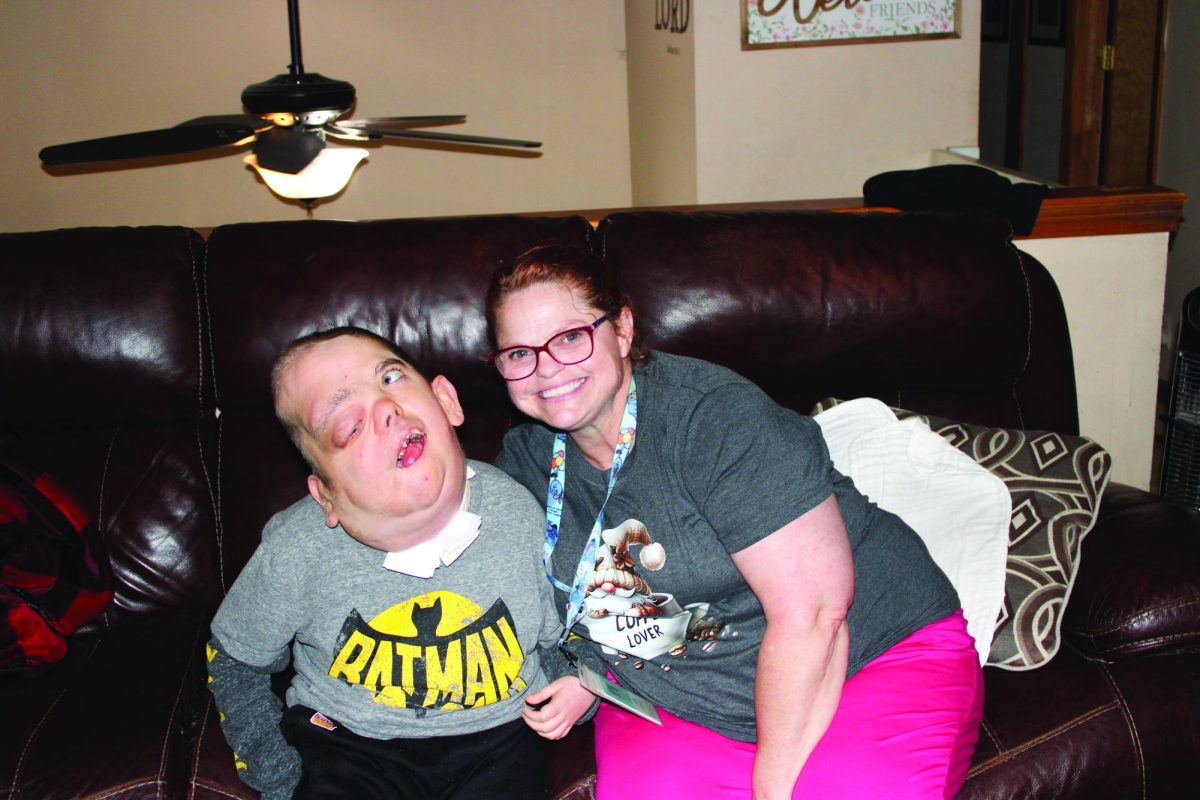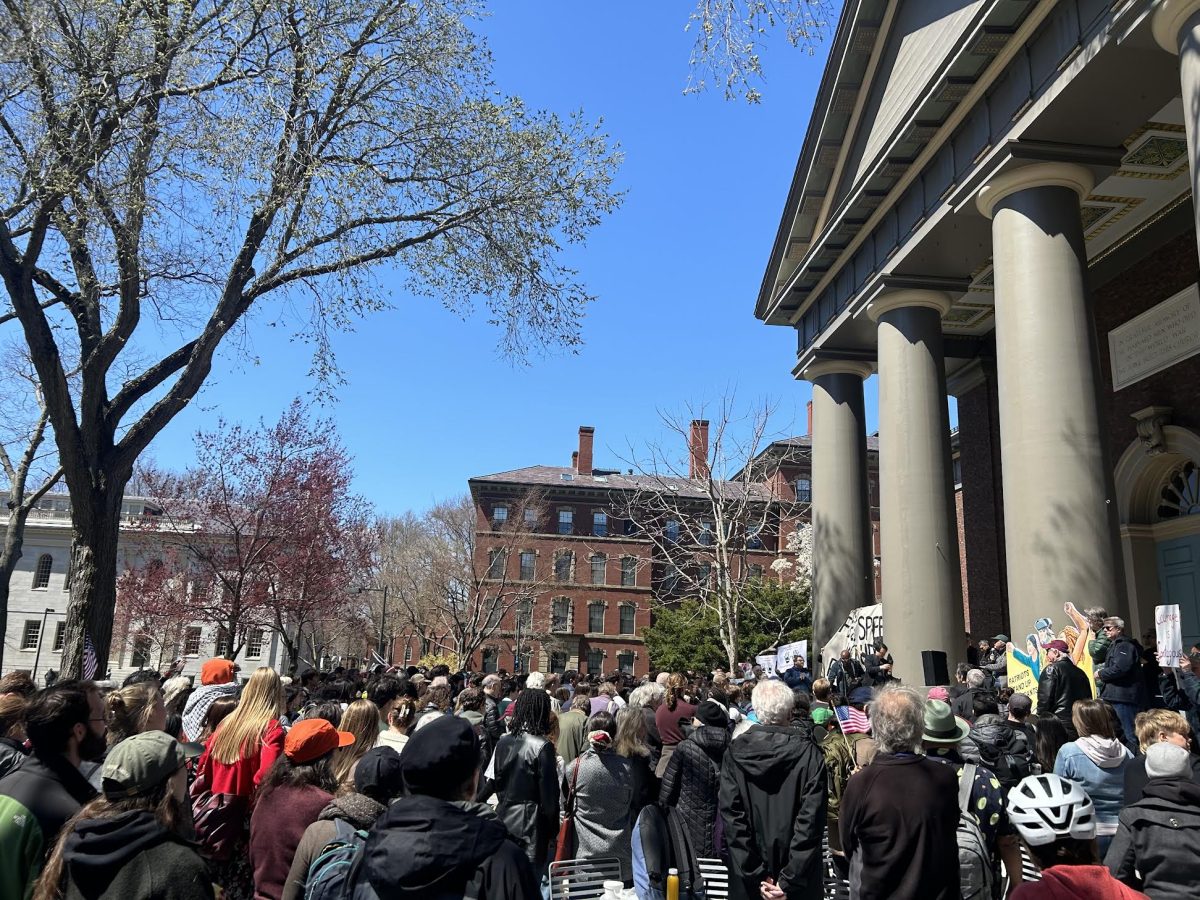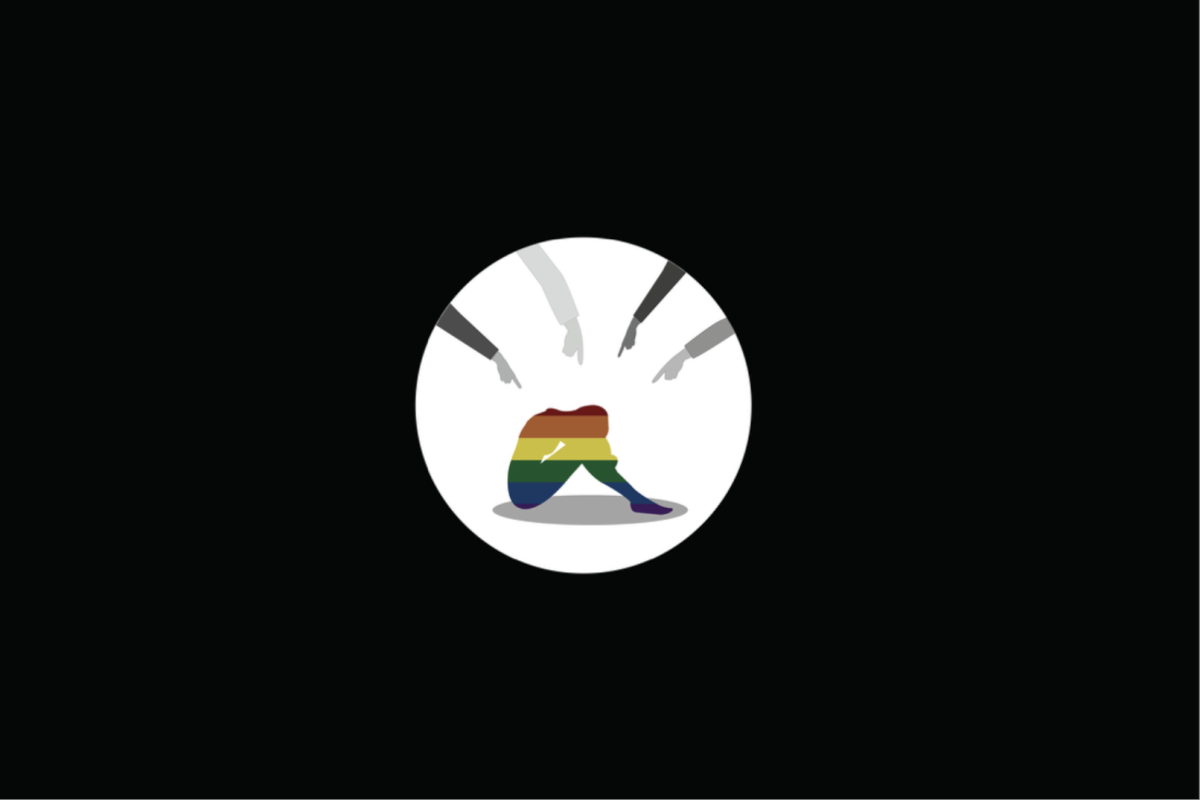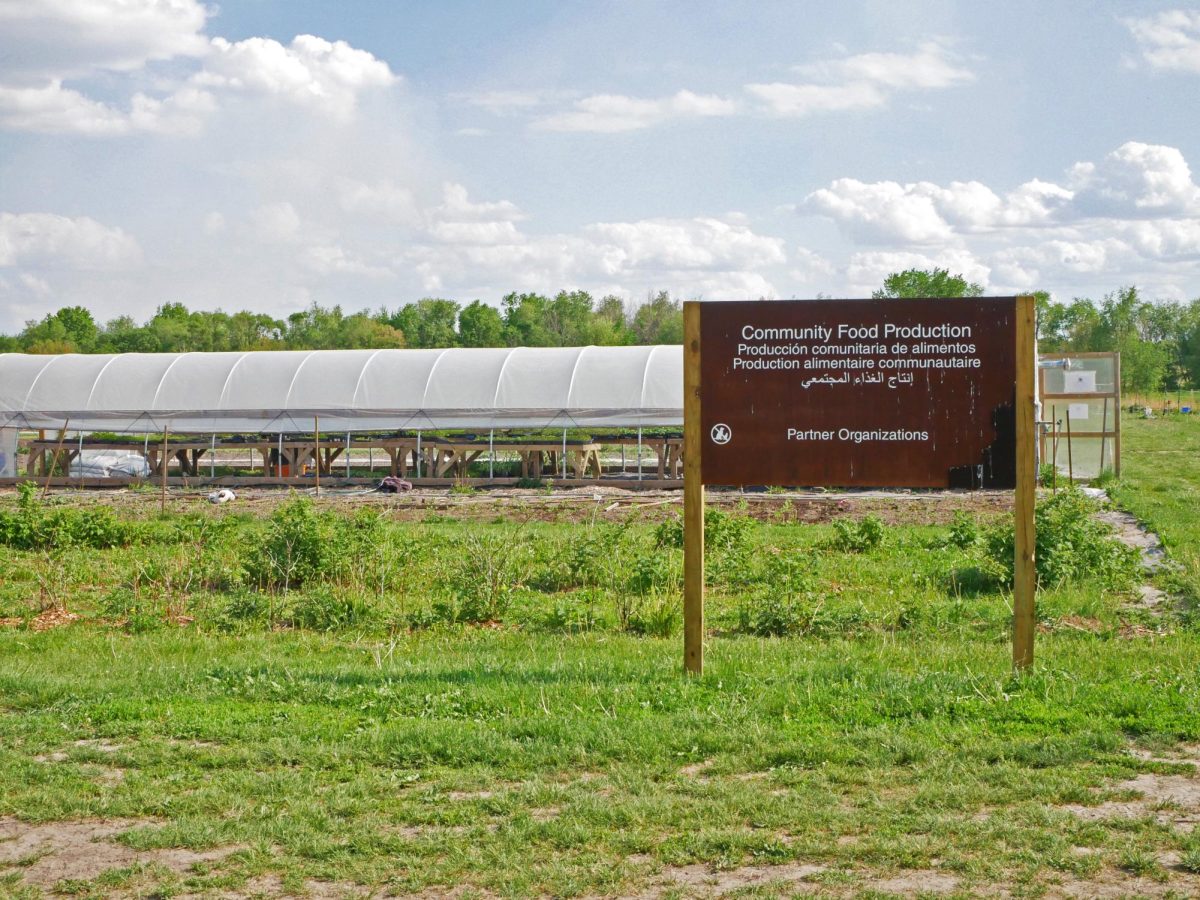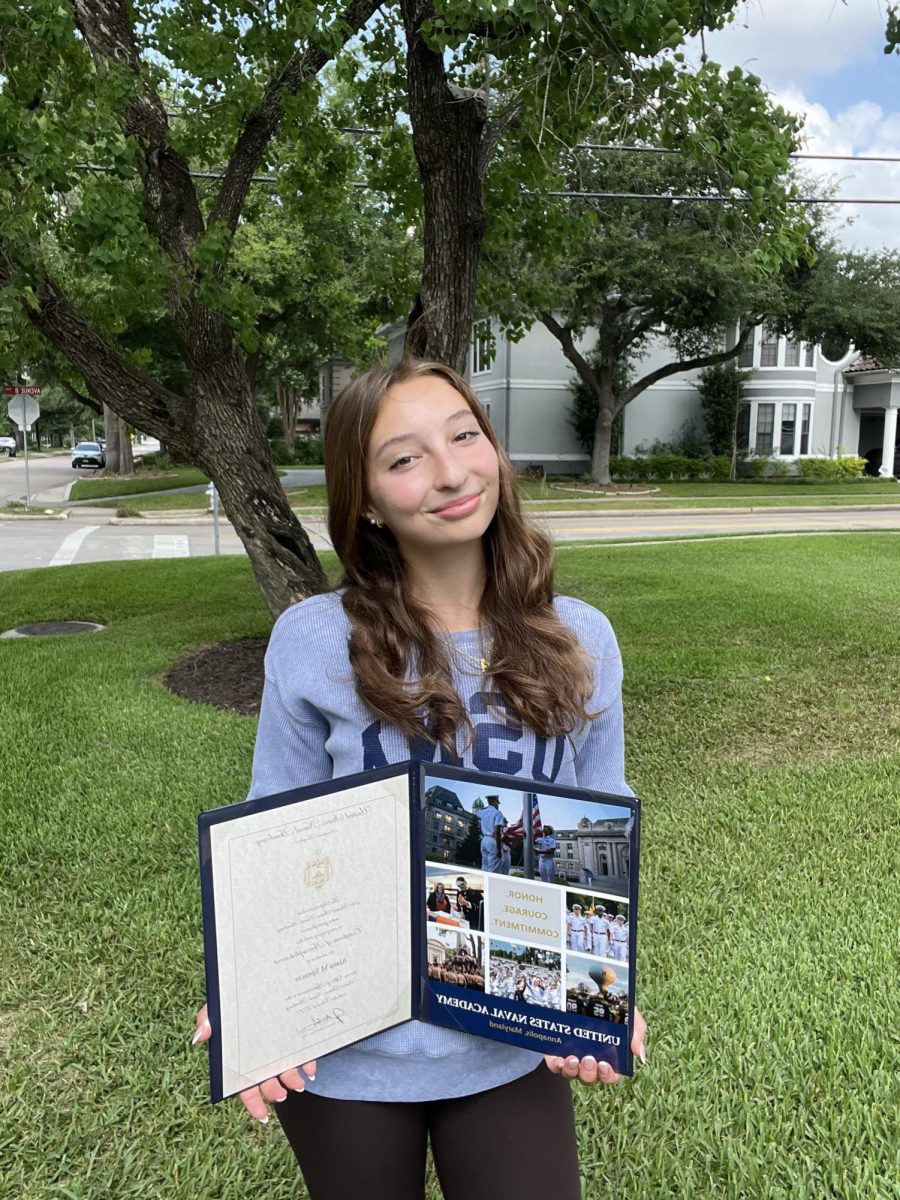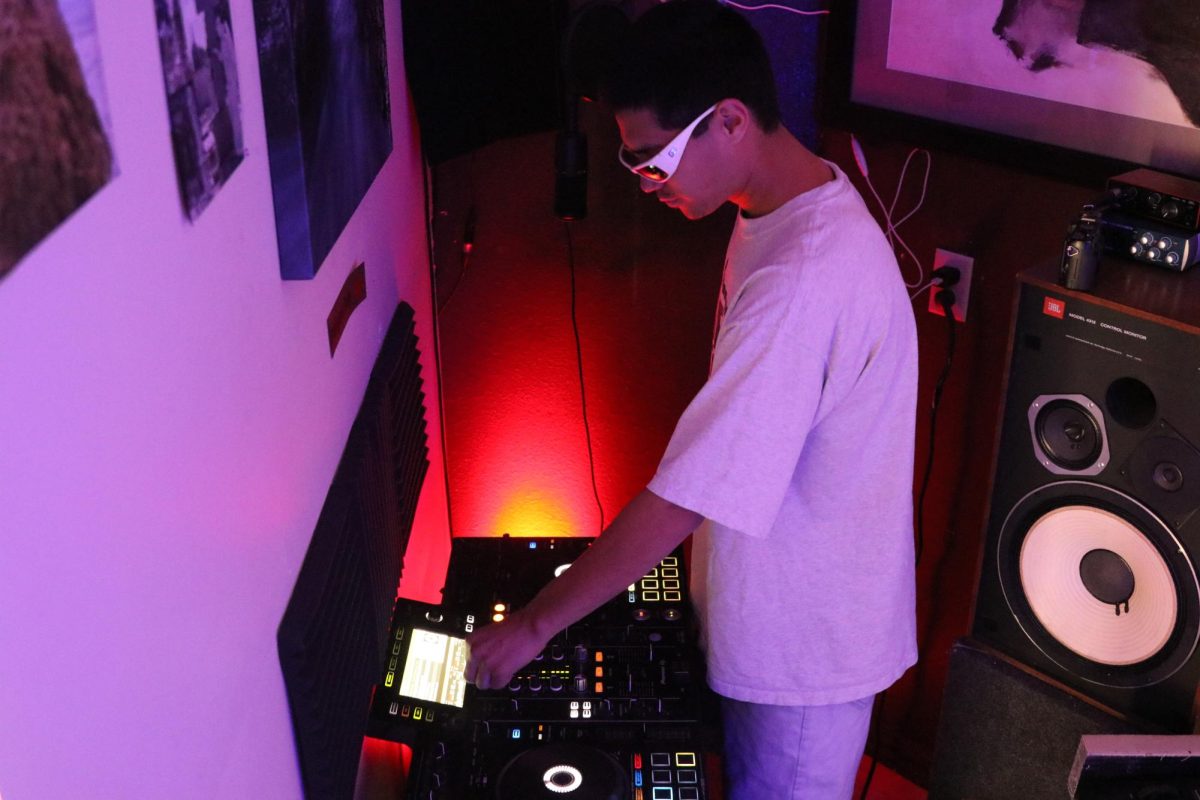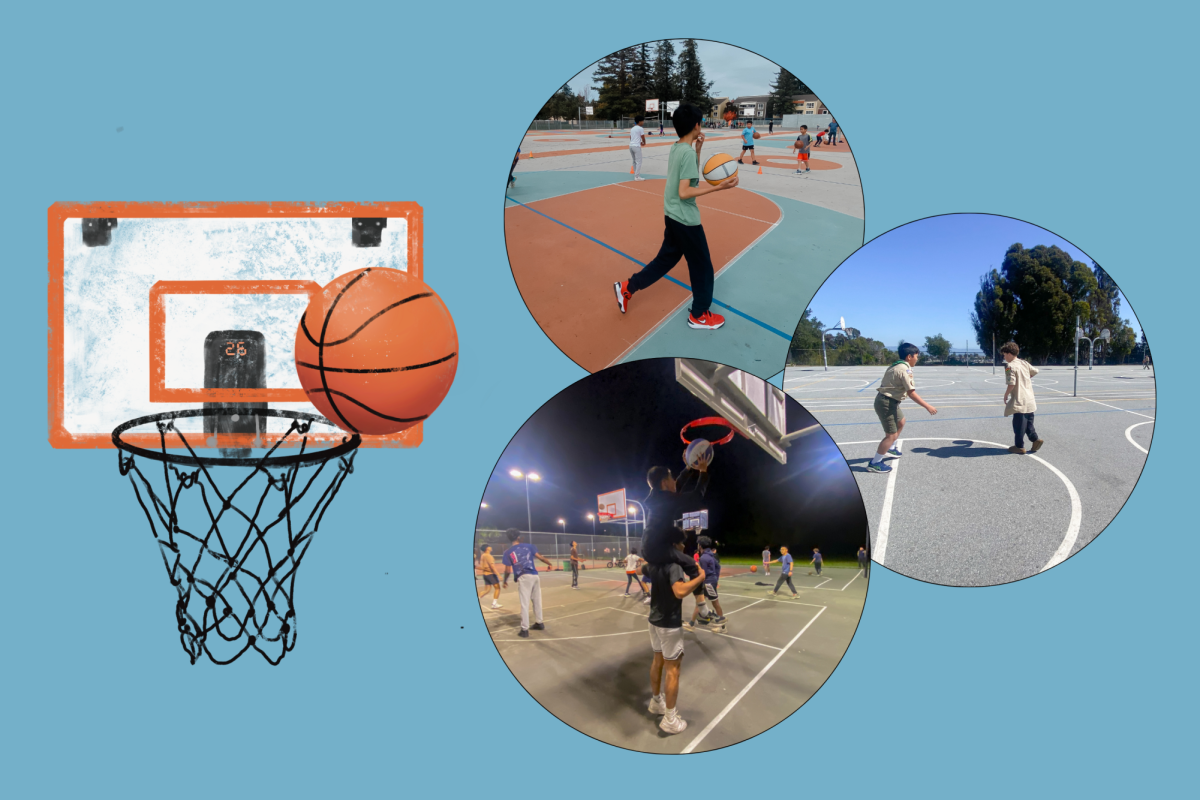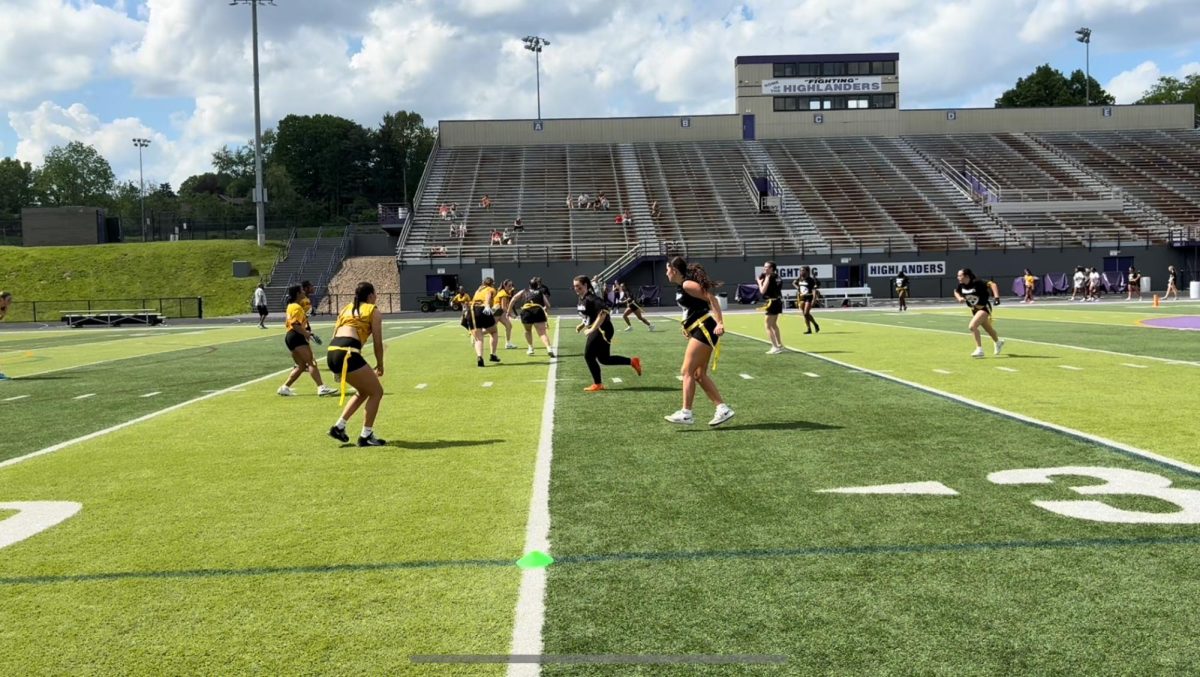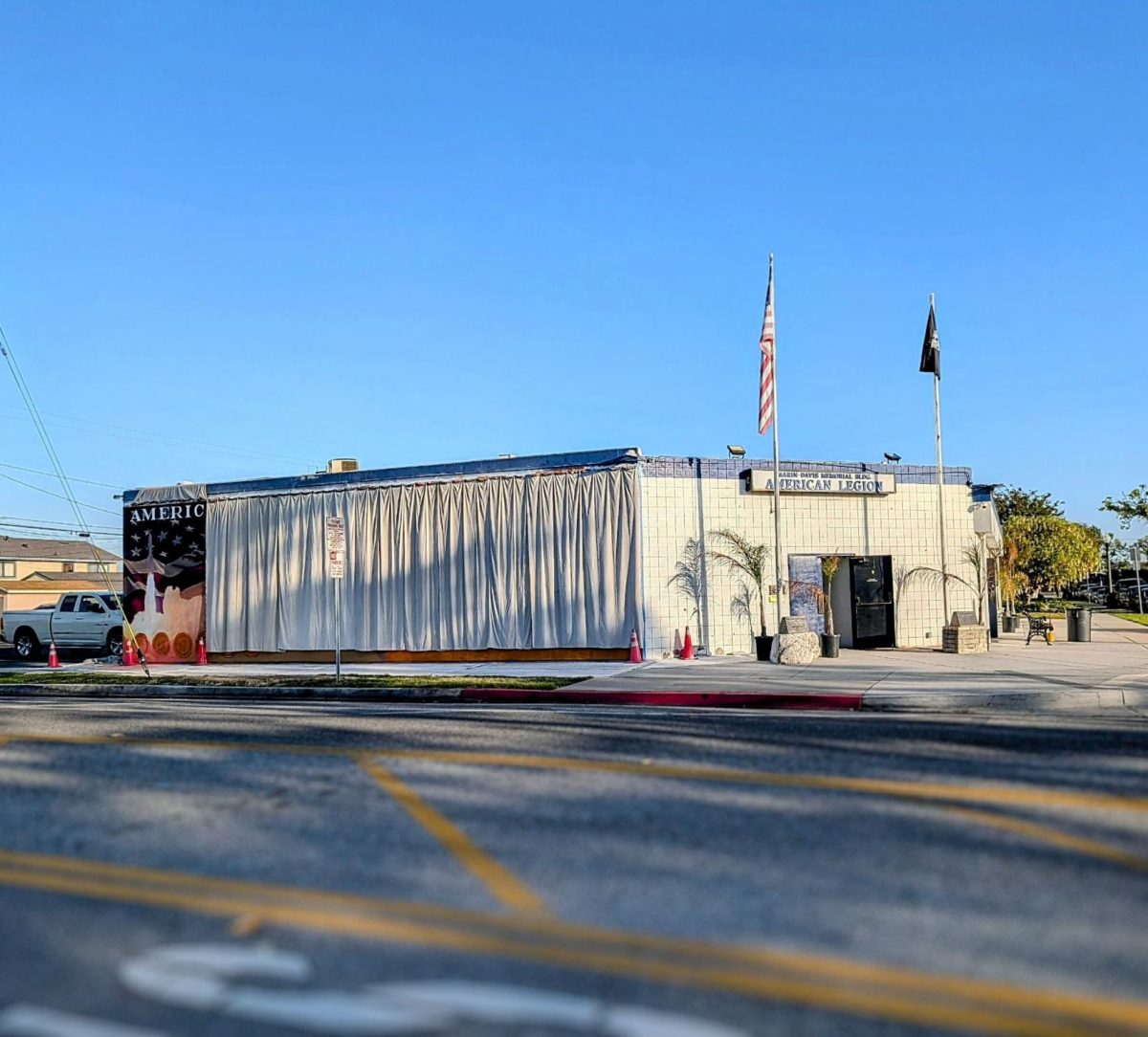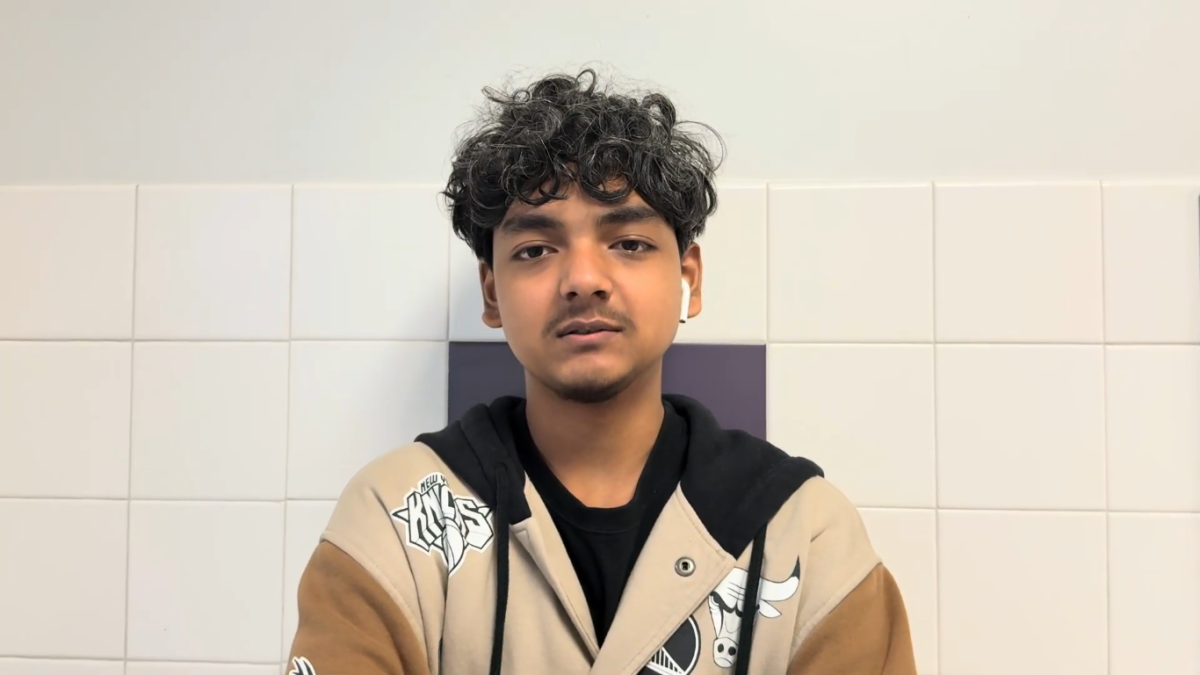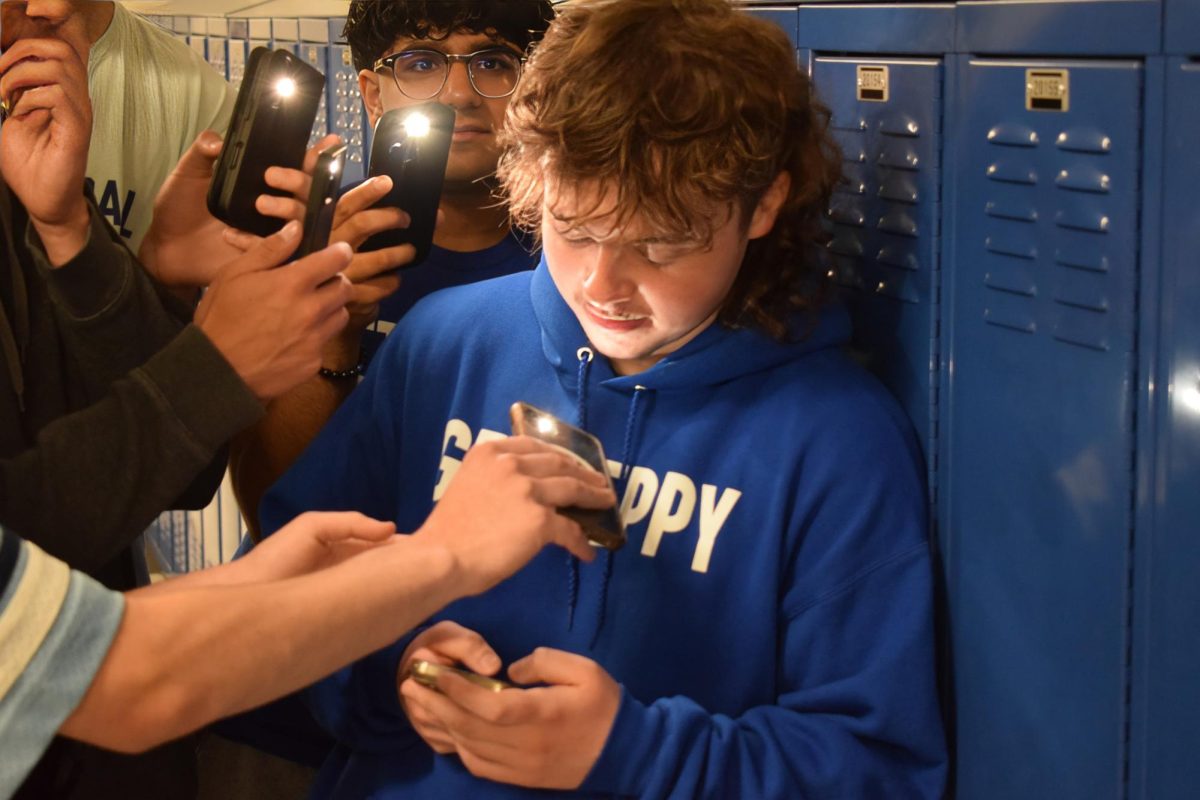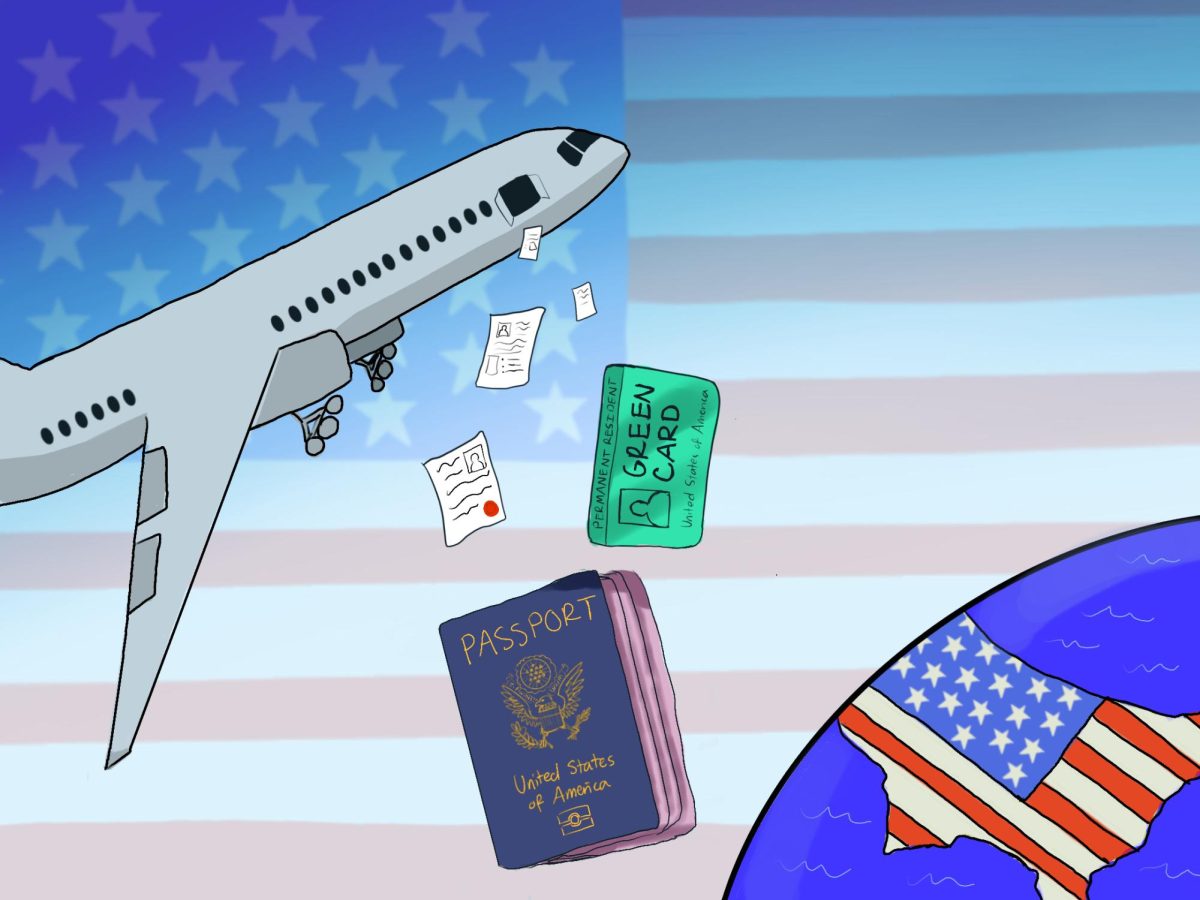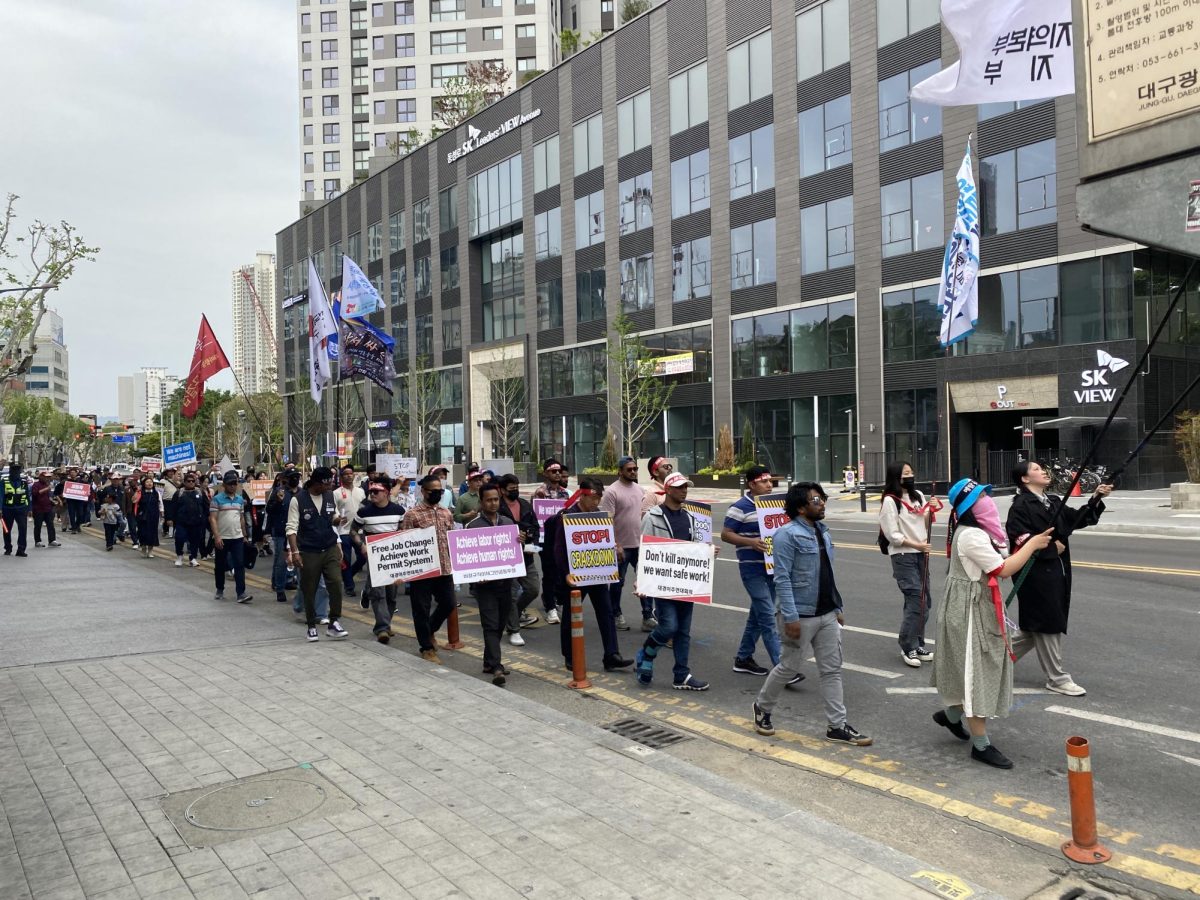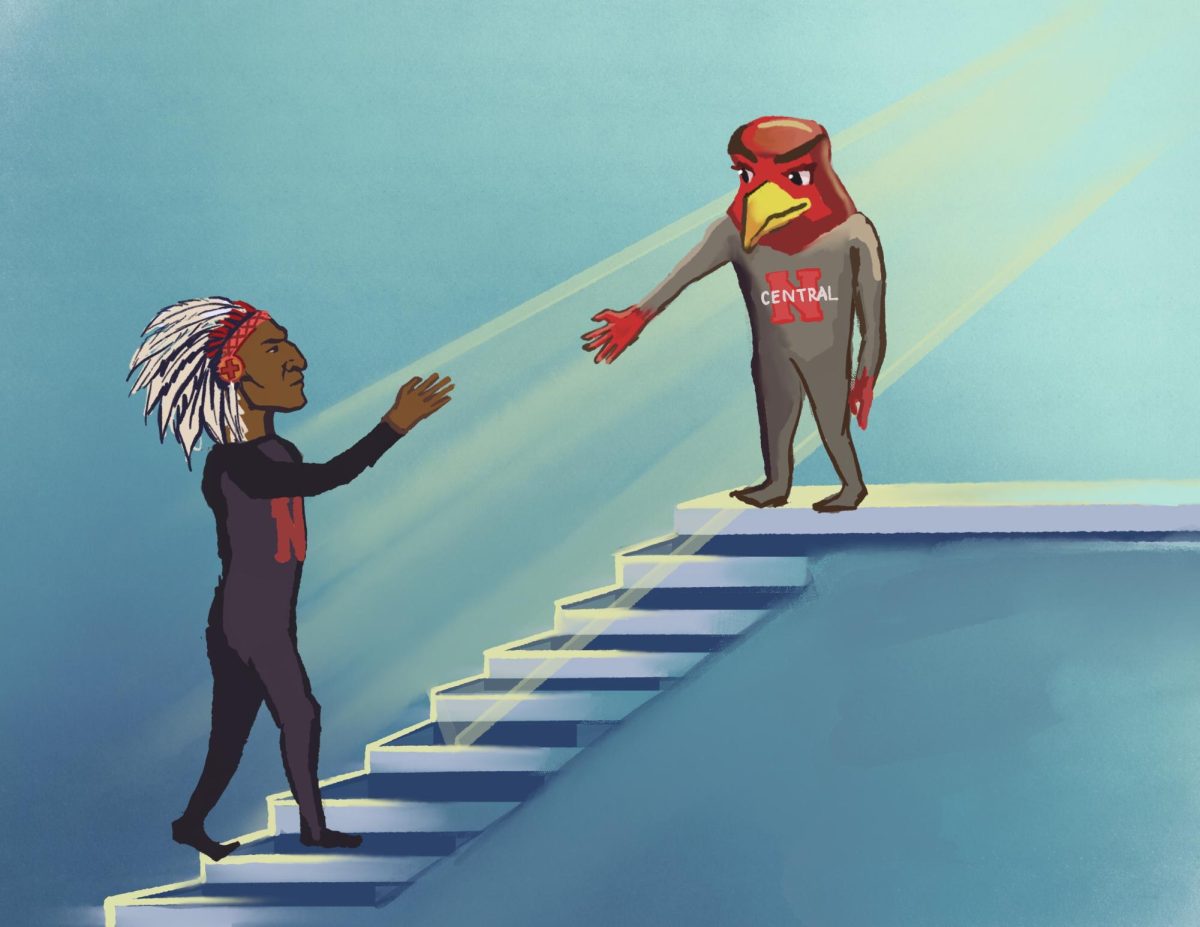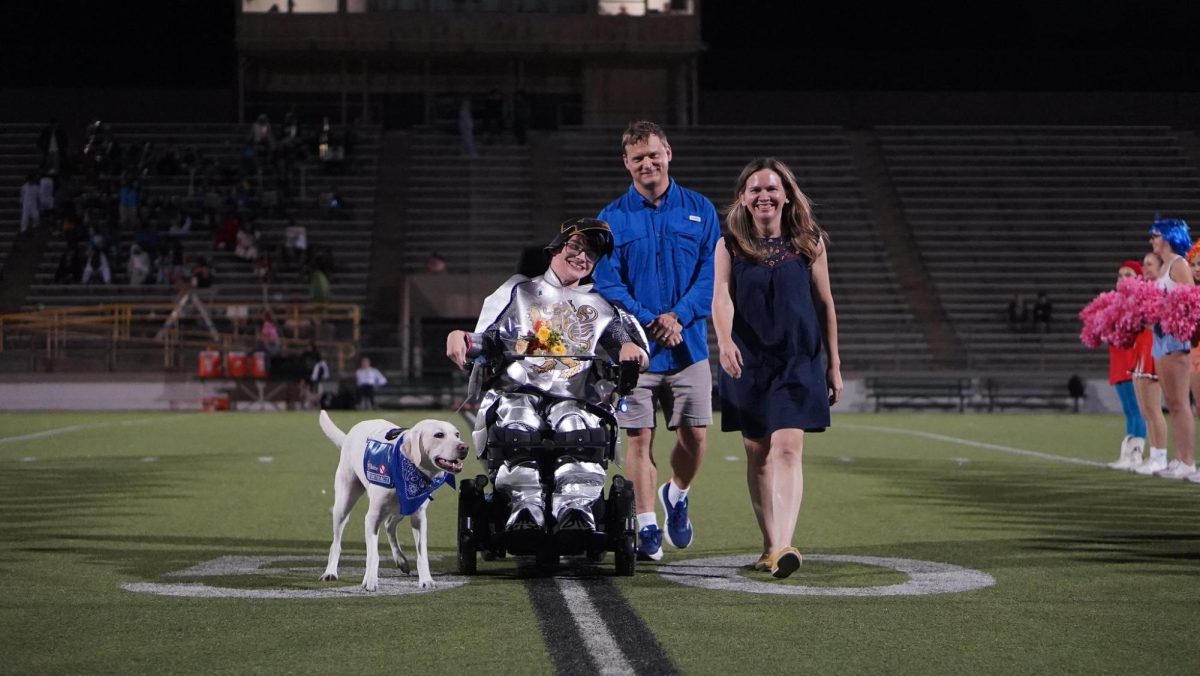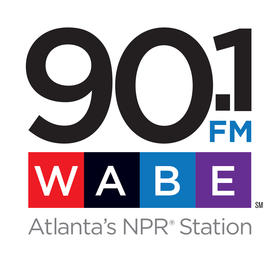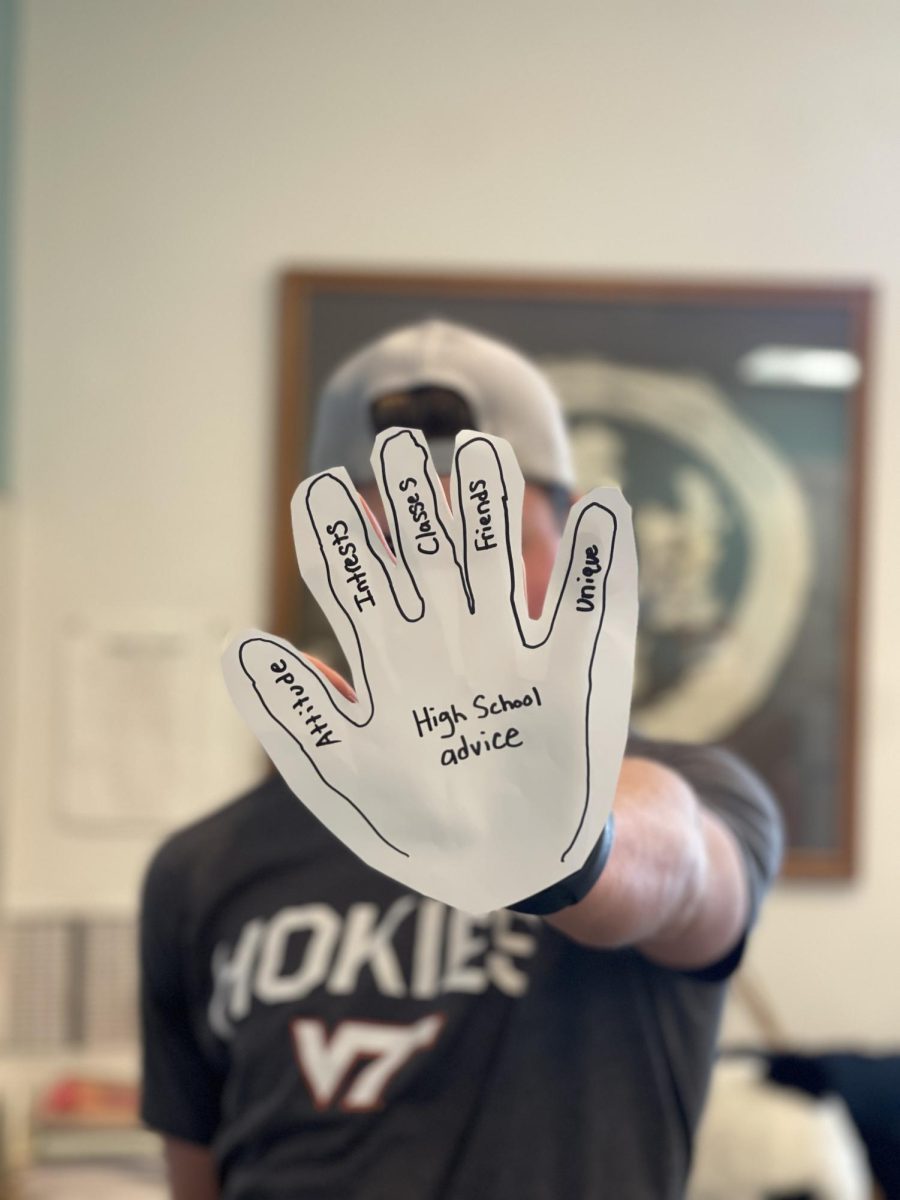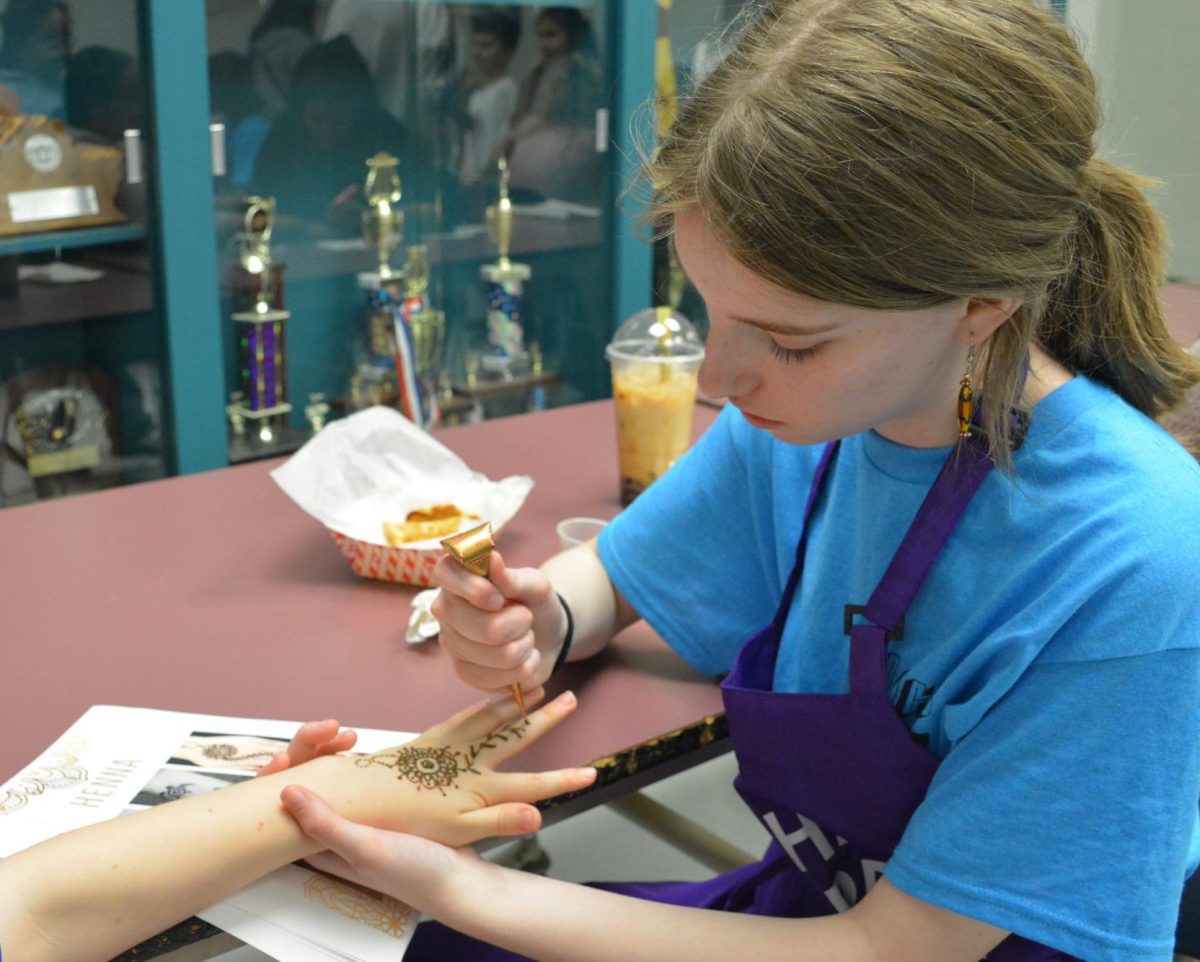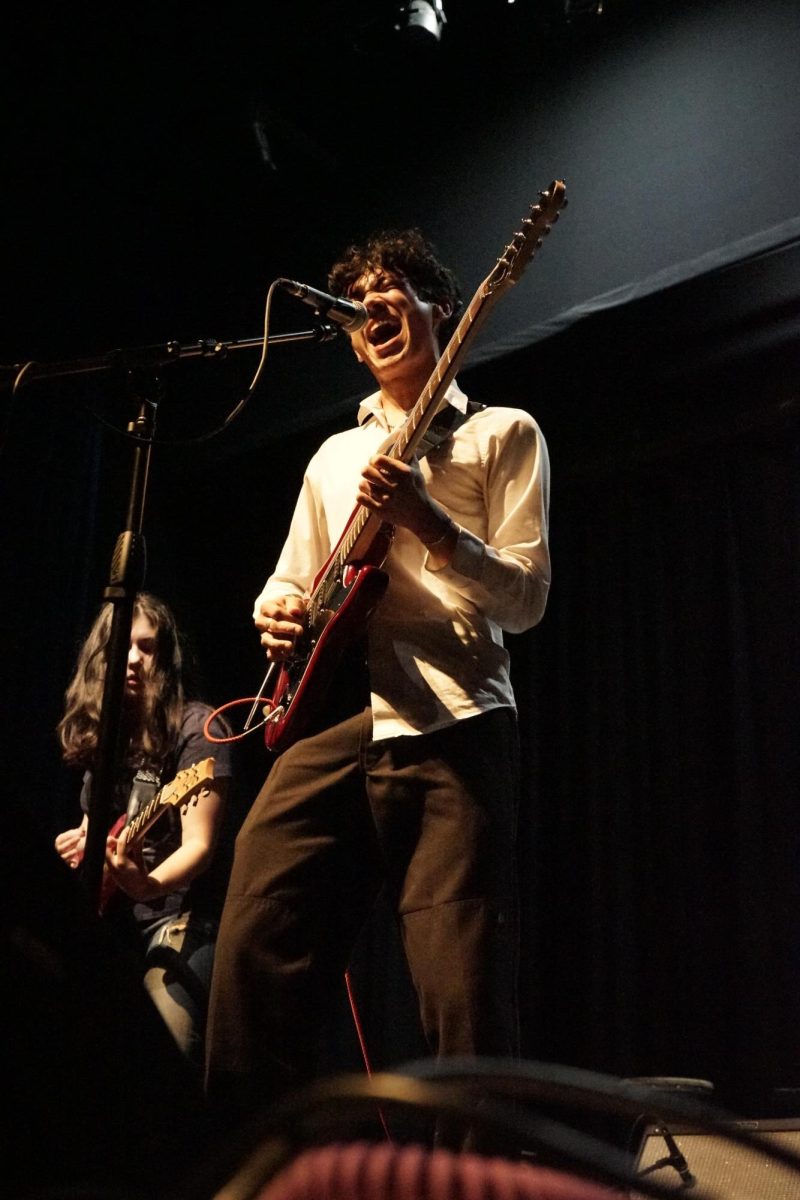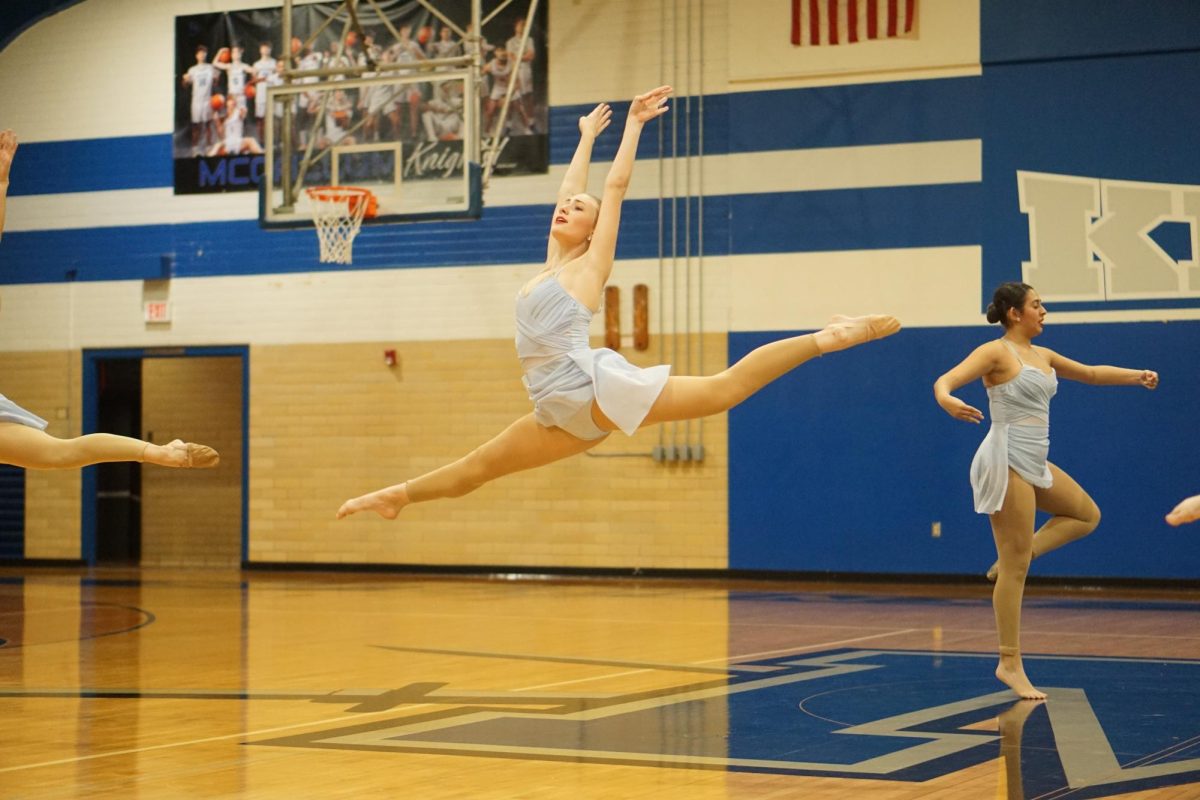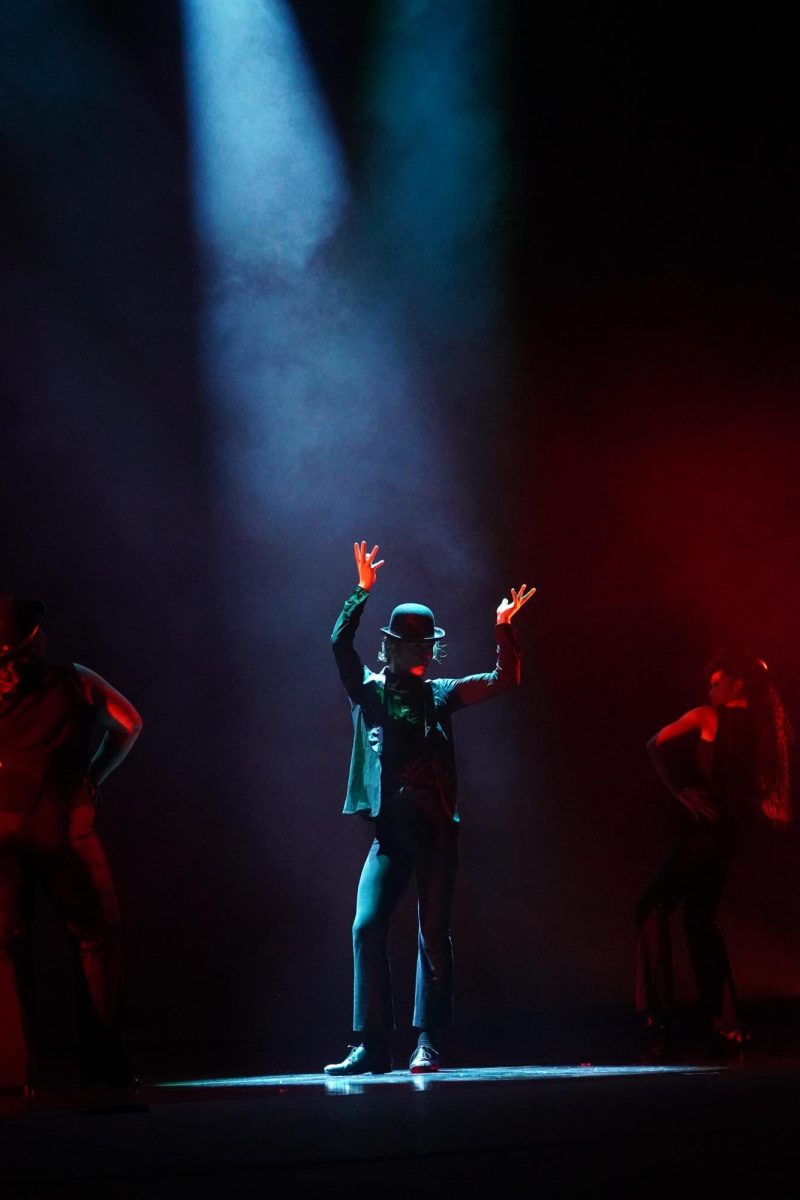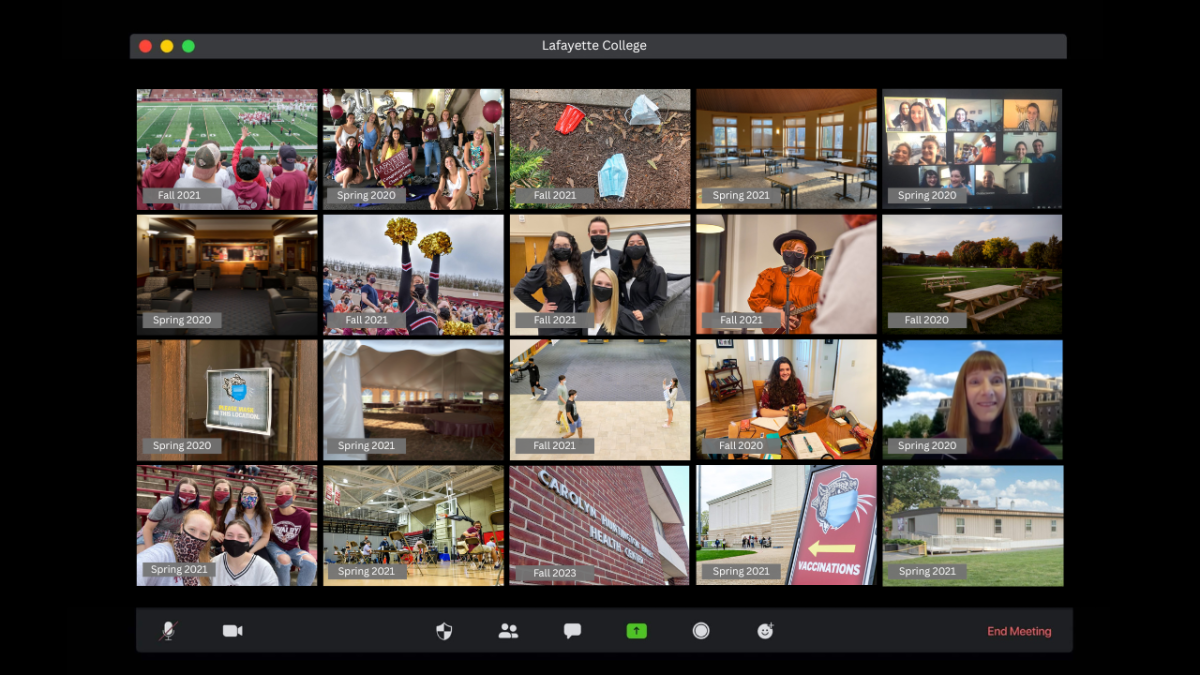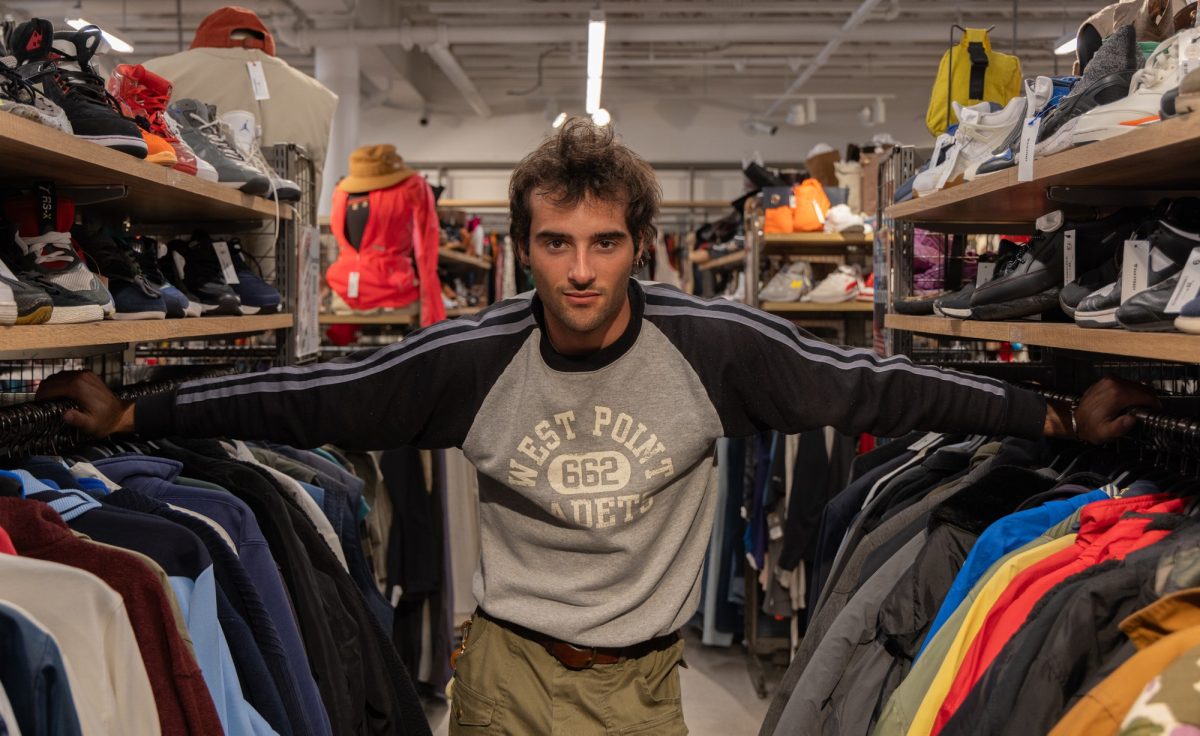On March 12, 2020, Claire Grunewald ‘20 sat in her night international affairs lecture, itching to get out.
“We were all trying to tell our professor, ‘This is our last night of college, you need to let us leave early,’” she said about her class of only seniors. “And they were like, ‘It’s not your last night of college, it’ll be fine.’”
Grunewald called that night a “very sing-your-heart-out type of moment.”
Among other last hurrahs, including a student-organized bonfire, the night was the calm before the storm.
“We knew it was our last day on campus, and we had no idea if we were ever going to come back or what was going on,” Danielle Sanchez ‘22 said.
With the COVID-19 pandemic spreading rapidly across the globe in the spring of 2020, what was originally an extended spring break for Lafayette College students — and the rest of the college — became a year-long balance of virtual learning and new health guidelines.
Grunewald and Sanchez would attend classes virtually for the remainder of the semester. With her fellow 2020 graduates, Grunewald would not attend an in-person commencement ceremony until two years later, just two days after Sanchez’s graduation.
It has been five years since the COVID pandemic upended lives in the spring of 2020. When campus shut down, so did The Lafayette’s newsroom. While the newspaper published one last issue after lockdown and resumed reporting in the fall, much of that experience went unrecorded. This piece doesn’t aim to be comprehensive — it couldn’t be — but it’s an attempt to get some of it on the record, while we still can.

March 2020
Before there were any reported COVID cases in Pennsylvania, there was a student who traveled close to Wuhan, China, the epicenter of the virus, who presented symptoms consistent with COVID when she returned to campus from winter break.
“My fear, legitimate fear, was this could be patient zero,” said Jeffrey Goldstein, the former director of health services.
The student ultimately tested negative. Goldstein described the college taking “extraordinary precautions” with the help of Lehigh Valley Hospital.
Two months later, the virus was growing exponentially on a global scale. Former college President Allison Byerly said she recalled feeling an “impending doom” as students prepared to leave for spring break.
“It was amazing how quickly things moved,” Byerly said.
Just before the campus shut down, anthropology professor William Bissell said he recalled two students on the lacrosse team in his class breaking down in tears during one of the final days before the break.
“They knew something they had worked so long to have — their senior season — that was over,” he said.
Students, faculty and staff were sent away from Lafayette originally for two weeks by March 13, just two days after the shutdown was announced.
“Everything was normal and then nothing was normal,” Sanchez said.
Two hundred fifty-four Lafayette students, or 9.5% of the campus population, hailed from outside the United States as the pandemic began, according to the college’s 2019-20 Common Data Set. Getting them home was a challenge.
“A lot of borders had already been closed worldwide, so that meant that all of our international students that were here in the U.S. could not go home at that point,” said Janine Block, the associate director of international student advising and support.
Students studying abroad became remote based on local conditions until Lafayette’s shutdown brought everyone home, according to Rochelle Keesler, the director of the study abroad program.
The college published in a video announcement that Lafayette would remain remote through the rest of the spring semester on March 19.
“When you compare it to other kinds of crises, you just didn’t know what you were dealing with, and so you thought you were dealing with a temporary crisis that turned out to be a long-term crisis,” Byerly said.
Spring 2020
Teaching over Zoom provided new challenges for Lafayette professors.
“It’s way harder to get to know the students personally because they just are sitting on a screen,” biology professor Michael Butler said.
Film and Media Studies professor Andy Smith said that his department struggled to make media projects work over a Zoom call.
“Collaboration became almost a mountain that you couldn’t climb,” he said.
Students had mixed experiences with virtual learning.
“You just wake up and roll out of bed,” Pepper Prize winner Remy Oktay ‘24 said of virtual classes, adding that he found a new set of virtual friends but ultimately felt inspired to take a gap year.
“It felt strange to be disconnected from the class that I just spent three-quarters of the year with and realizing that I was no longer going to be a part of the class of 2023,” he said.
Sanchez, on the other hand, “had no problem with it,” and described how she was able to “multitask” during virtual classes.
Grunewald, who lived in private housing in Easton, sat through Zoom classes just minutes away from campus. She recalled professors who lived locally offering to deliver groceries to students who remained in the area.
“I felt fortunate that I had a support system of other Lafayette seniors that were in a similar position and being able to be on campus was really, honestly, very special,” she said.
The community’s first positive COVID case was announced on April 29.

The student was living off campus at the time and had “very limited contact with any individuals on campus,” according to an announcement by Goldstein.
An important vessel of information during the pandemic was the COVID dashboard. The website, along with national health updates and campus announcements, provided “Zoom tips” and “hygiene tips,” according to college spokesman Scott Morse.
Dave Block, the former internal director of communications, said that when COVID hit, internal communications became a priority, leading to the development of the Lafayette Today newsletter.
“It’s not, ‘Oh, it’s too important to go into Lafayette Today,’” Block said on updates from the president’s office. “No, it’s the opposite. It’s so important it needs to go into Lafayette Today.”
Summer 2020
Despite sending students home, making the 2020 commencement virtual was not an easy decision.
“We held out longer than many schools,” Byerly said, adding that the college sent out “little packages” with each student’s diploma in the spring while originally planning to do an in-person commencement in August.
The livestreamed virtual ceremony announced all the graduates with a submitted photo or video from each of them.
“I did something creative, which I wouldn’t have been able to do if we had an in-person graduation,” said A.J. Traub ‘20, who submitted a video of himself trying to make a backwards shot in a basketball hoop — he missed, on purpose.
On the day of the virtual commencement, Grunewald and a group of around 20 students socially distanced in Markle Parking Deck to watch the live-streamed event together, complete with a barbecue.
“We didn’t have any of our graduation regalia or anything,” she said. “We kind of had a backyard, socially-distanced little celebration.”
Just about a month before the planned start of the semester, on July 22, the college announced that it would not be returning to in-person instruction in the fall.
“This is an enormously painful decision,” read the announcement from Byerly.
“You couldn’t deny that nobody was getting the experience that they wanted or expected,” she said.
Following the decision to move to virtual classes for the fall semester, colleges across the country, including Lafayette, grappled with navigating financial uncertainties.
The greatest financial strain to the college, according to Roger Demareski, the then-vice president for finance and administration, was not opening in the fall.

“That’s a significant revenue loss,” he said, referencing the loss of room and board fees and the potential for the student population — and therefore their cost of attendance paid — to drop if they did not return or enroll.
He said that COVID-associated expenses, such as plexiglass installations, the physical separation of students, quarantine off-campus and the cost of testing also contributed to this stress.
Demareski said that the college was able to pull from its cash reserve and reallocate from capital projects to support itself during the pandemic. The college also received grants from the federal government and “never, ever came close to” pulling from its endowment.
The college also made the decision to reduce tuition by 10% to recognize the change in “delivery of the education,” he said.
Fall 2020
“My first semester of college, I did at home in the third floor of my house,” Johnathan Cresson ‘24 said.
The incoming class of 2024 — whose college orientation was entirely virtual — was 606 students large, the smallest since 2008, according to Forrest Stuart, the vice president of enrollment management. Only 36 international students enrolled during that year’s admissions cycle, down almost half from the year before, Stuart wrote in an email.
Some students, like Julia Soares ‘22, were allowed back at Lafayette because they lived off campus.
“It did feel kind of lonely,” she said about living on campus with no one there. She was able to stay involved with virtual clubs like choir, which she described as “weird” with Zoom delays and singing on mute.
Freshmen had their first introduction to college online.
“It was hard to get a gauge of, what are college academics really like?” Cresson said.
For virtual classes, science professors faced an extra challenge in adapting labs to online.
Butler, for example, translated his hands-on human physiology lab to a case study practicum in an attempt to be “mindful of screen time burnout for the students too, because that’s all they were doing.”
For the over-600 students on campus, they were each required to undergo testing before returning.
“I had the experience of implementing policy and procedure to help us navigate through the H1N1 pandemic, but this was like that on steroids,” Goldstein said. “And cocaine.”
Positive cases remained low — only eight by Oct. 9 — until mid-October, when there were 19 student cases in two weeks. All Greek life activity was suspended in late October due to allegations of physical distancing guideline violations.
Theater professor Mary Jo Lodge adapted to an online theater season with “Emma: A Pop Musical,” the theater department’s second virtual performance, which she called logistically “nightmarish.”
The counseling center also adjusted to virtual relationships.
With counseling licenses unique for every state, figuring out how to offer therapy to students all across the country was a “ginormous undertaking,” said Director of the Counseling Center Melissa Garrison.
“Who’s licensed in Montana?” Garrison exampled.
Spring 2021
“We will welcome to campus any student who wants to be here,” read a community email from Byerly in October 2020 about the following semester.
Starting later than usual on Feb. 8, students and faculty had the option to study or work remotely in the spring.
Cresson had a single dorm room that semester, and with dining halls all configured to “grab-and-go,” he said that he spent his meals “looking out my window, just across the street at whatever there was.”

“It felt like I had to figure out the campus myself and didn’t really have any of that guidance or introduction that you might get from the standard orientation,” Henry Fritz ‘24 said.
Some professors opted to teach virtually that semester, like Butler, who did so for the sake of students who would attend virtually.
The campus was ruled by “operational levels” that adjusted the severity of health guidelines based on the percentage of positive cases.
Carly Johnson ‘24 recalled being confused about what she was allowed to do, asking her resident advisor if she was allowed to go outside.
“‘I don’t want to see you telling me you’re going on a walk, and then I find out you’re with a group of five people,’” Johnson said her resident advisor responded.
Students, faculty and staff were asked to sign a “Pard Pledge” of proper COVID mitigation procedures. Masks were required indoors if outside of dorm rooms. Physical distancing was also required.
“You know, lecturing for an hour and 15 minutes with a mask?” Bissell said. “Not fun. But being able to be at least in person was a huge improvement.”
Some students weren’t always compliant with protocols.
“Our floor wasn’t lawless, but we were pretty close to it,” said Cresson, who lived on the third floor of Gates Hall.
He recalled multiple instances of parties of up to 10-15 students in one room that “just blew out like, every single COVID restriction that the college officially had.”
March Hall, the now defunct temporary modular housing unit also called “the mods,” was used as quarantine living and became known for being “a week of partying.”
“It’d be like, ‘Well, if you can’t taste anything, you won’t be able to taste vodka,’” said Johnson, who was quarantined in March Hall.
Positive cases sharply rose in late February, prompting stricter guidelines. More than 20 students were sent home for remote learning due to violating COVID guidelines, according to a “COVID-19 update” in late February from Diorio.
It took a toll on the health center.
“The energy that the health center staff put into managing the surveillance, testing, managing the results of those tests, managing the movement of students out of their dorm and into isolation units, was a 24/7 operation, and it was exhausting, physically and emotionally,” Goldstein said.
Vaccines were introduced this semester as an option and later, a mandate. St. Luke’s Hospital was performing on-campus vaccinations by April.

“You didn’t know when the tunnel was going to end,” staff nurse Tricia Shoudt said. “You didn’t, but you knew that you had a job, and you were grateful for the job because people were losing their jobs.”
Fall 2021
Aug. 30, 2021, was not only the class of 2025’s first day of school; it was also college President Nicole Hurd’s.
Stepping into the role, Hurd was faced with the outcomes of big decisions made before her arrival.
“I’m a big believer that everybody who comes to Lafayette does their best and does their best with the information they have at the time, so I’m never going to second-guess what came before me,” Hurd said.
Around 97% of students arrived to Lafayette with the COVID vaccine. In August 2021, the vaccine mandate was extended to Lafayette’s faculty and staff in response to the Delta variant.
During the fall semester, traditions such as Fall Fest and Rivalry Week were revived. All in-person events were mask-mandated. Greek life recruitment returned, providing a sense of normalcy for some students.
“I think that was the first time that I was like, ‘Okay, this is what the college experience was meant to be like,’” Johnson said.
But it was not without risks. Rush Week coincided with a reported 111 cases, the largest spike of COVID cases at that point. Most of the cases were connected to Greek organizations, leading to the suspension of all new-member activities.
Two million dollars worth of compensation was returned to faculty after “progressive pay reduction” and “suspension of the college’s contribution to the retirement plan” were announced in May 2020.
“I could see the hurt and the pain that came from some of the decisions that had to have been made, but now that we had more data, we could make different decisions,” Hurd said.
Spring 2022
Coming back from winter break, the pandemic continued to ramp up with a new, highly contagious Omicron variant, and students were mandated to receive a COVID booster vaccine, but the cases didn’t stop.
Over 120 cases of COVID were recorded during February 2022 in a span of just three days, triggering demands for isolation housing at Weiss House and a nearby hotel.
This initial spike was not indicative of the rest of the semester. In March, Lafayette ended its masking policy. For the few unvaccinated students, faculty and staff, there was still a requirement to wear a mask.
By May, the college was able to hold a traditional commencement on the Quad for the Class of 2022.
“We left college as typical college kids, and we came back as these, like, mini adults who just went through a really traumatic experience,” Sanchez said.
Two days later, the Class of 2020 got its in-person graduation too, with remarks from a college president they never had.
“It was really special for a lot of people to just be back together,” Grunewald said.
“You’ve already begun the rest of your lives under really, really bizarre circumstances, but you’ve earned this,” commencement speaker Chip Bergh said in his address.
Six days later, the college shuttered its COVID dashboard, with a click on the website revealing a “Page Not Spotted” error.
2022-2023
In early April, Lafayette lifted its COVID-19 vaccine mandate, ending the nearly two-year policy in a move that Goldstein wrote was in conjunction with “the available evidence.”
The decision to end the mandate mirrored shifting public attitudes — and mirrored, too, a new phase of pandemic life on campus, one defined less by emergency response and more by long-term adaptation.
It took years for the social distancing markers and the masking encouragement posters to disappear, but disappear they did.
Hurd said she has never denied a budget request from Health Services.
“At the end of the day, you all can’t learn unless you’re safe,” she said.

2023-2024
“Kintsugi,” the Japanese art of mending broken pottery with gold, set the tone for the Class of 2024’s commencement ceremony.
“It has much to teach us,” Hurd said of the art style in her commencement speech. “It teaches us to embrace imperfection. It shows us there is strength in our broken places. It suggests to us that we might actually be most beautiful in our broken places.”
In her speech, Hurd compared the college experience of the Class of 2024 — often referred to as “the COVID class” — to a piece of Kintsugi art.
“We had something break,” Hurd said. “It was none of our faults, but it broke and how do you put yourself back together?”
Despite the call to his classmates to reflect on “the rollercoaster that has been the past four years,” the commencement speech delivered by Pepper Prize winner Oktay steered clear of COVID. According to Oktay, this was intentional.
“So many people had told me, ‘Do not talk about COVID,’” Oktay said. “I got the vibe that people wanted to just say, ‘This is in the past and we’re moving forward.’”
Hurd believes that a return to complete normalcy is premature.
“For good reason, we all want to go back to normal quickly,” Hurd said. “But there was real loss, and we still need to process that.”
Makenna McCall ’27 contributed reporting.
A correction was made on April 11, 2025: A previous version of this article referred to the H1N1 virus by an incorrect name.
This story was originally published on The Lafayette on April 11, 2025.

